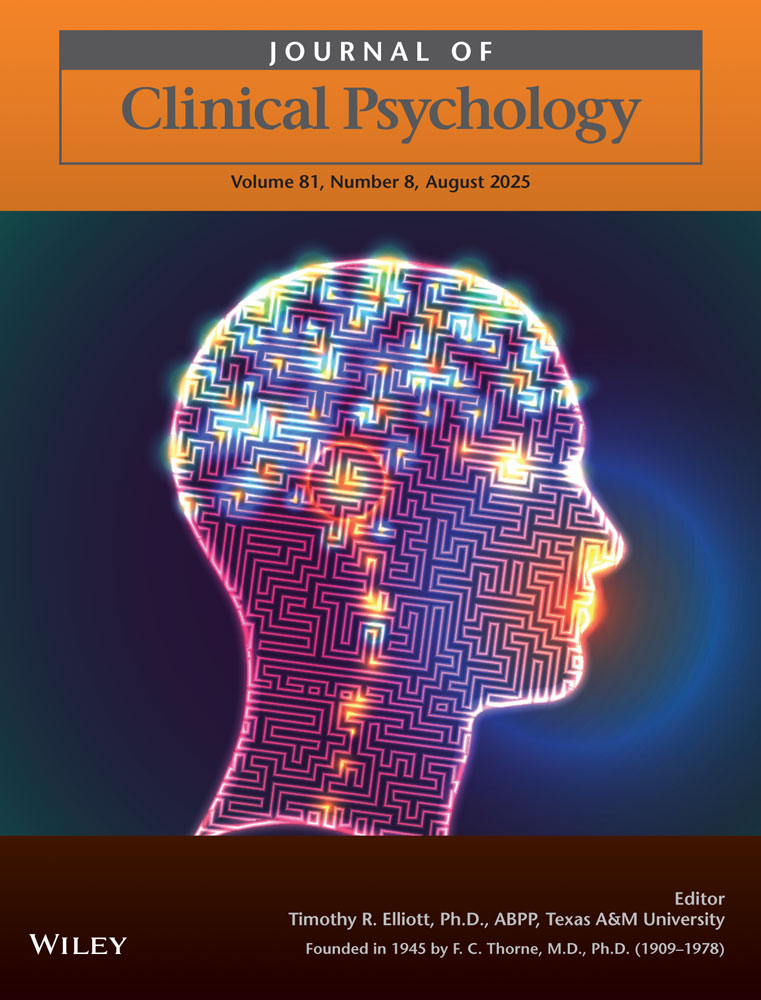Dependence, relapse and extinction: A theoretical critique and a behavioral examination†
Grateful acknowlegdment is made to Ms. Ruby Bendall for secretarial services in the preparation of this article and to Nigel Rawson, Dr. Griffith Edwards and Dr. Ray Hodgson for their comments on earlier drafts of this manuscript.
Abstract
Re-examines the “decay of extinction” notion proposed by Hunt and Matarazzo (1970) to account for relapse in the treatment of alcoholism and dependence disorders. The attempt to reduce complex relapse behaviors to a simple curve is criticized both from the point of view of using group data to describe an individual process and the nature of cumulative data itself. Because individual differences are marked, a simple group curve cannot describe the process of relapse. A behavioral examination then is presented, based on records of the drinking behavior of 79 alcoholics over a 12-month period after treatment. The main finding is that there are marked individual differences in the process of relapse. Furthermore, the frequency of heavy drinking seems to be most related to a pattern of drinking characterized by marked month-to-month variation in the frequency of heavy drinking rather than a more stable pattern.




